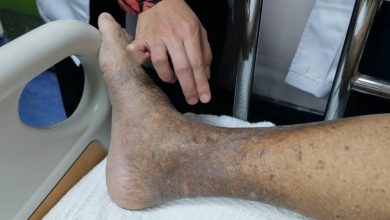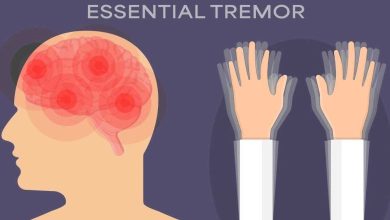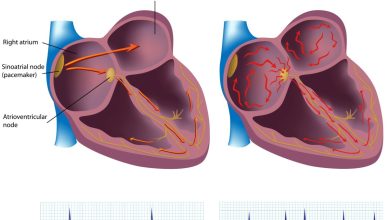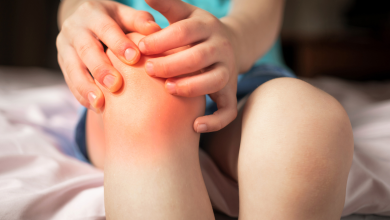Hydrocephalus Symptoms, Causes, Diagnosis and Treatment

What Is Hydrocephalus?
It is the accumulation of fluid that occurs inside the skull. This leads in swelling of the brain. The condition is also known as ‘water in the brain’. Hydrocephalus is commonly observed in older adults and infants.
What Causes Hydrocephalus?
Our brain is surrounded by the fluid known as CSF- cerebrospinal fluid. It surrounds our spinal cord and brain, and helps cushion our brain. The condition occurs when the normal flow of fluid is disturbed. In general circumstances, CSF travel through our brain and spinal cord, while gets absorbed into our bloodstream. Its levels in the brain may intensify in case:
- The brain produces excessive fluid.
- Cerebrospinal fluid is not soaked into your bloodstream.
- Due to a problem, the smooth flow of fluid is disturbed or blocked.
Some infections during pregnancy and genetic defects may also consequence hydrocephalus whereas, in young children, it may result due to:
- Trauma or injury.
- Central nervous system tumors.
- Bleeding within the brain after or during delivery due to premature birth.
- Infections known to affect central nervous system.
What Are The Symptoms Of Hydrocephalus?
In infants, the condition leads the head to become larger and the fontanelle to bulge. Other symptoms may include:
In older adults, symptoms may include:
- Shrill, brief cry.
- Difficulty feeding.
- Changes in memory and personality.
- Changes in eye spacing and facial appearance.
- Changes in the ability to think and understand.
- Vomiting.
- Restricted movement.
- Excessive sleepiness.
- Slow growth.
- Muscle spasticity.
- Trouble walking.
- Headache.
- Uncontrolled eye movements.
- Urinary incontinence.
- Irritability.
How Is Hydrocephalus Diagnosed?
Following factors serve as the basis to diagnose hydrocephalus:
- Brain imaging tests.
- Neurological exam.
- General physical exam.
- Symptoms of the patient.
How Is Hydrocephalus Treated?
The treatment of hydrocephalus aims to minimize or avert brain damage, simply by means of improving the flow of fluid. Your doctor can recommend one of the following surgical treatments in order to treat the condition:
- Shunt.
- Endoscopic third ventriculostomy.
Prevention:
Unfortunately, it is not a preventable condition, though by following the below mentioned precautions, one can lower the chances of experiencing hydrocephalus, to a certain extent:
- Protecting yourself against infectious illness tend to greatly reduce the risk of hydrocephalus. For the purpose, take the recommended vaccinations on time. In case of being infected, take prompt actions to treat it.
- Regular prenatal care is very important if you are pregnant, as it can minimize the chances of premature labor that puts the baby at an increased risk of complications such as hydrocephalus.
- In order to prevent head injury, always wear a seat belt while riding a motorcycle or driving a car.
- On all your car trips, make sure you use a well installed, safety seat for the children and babies.
By : Natural Health News




